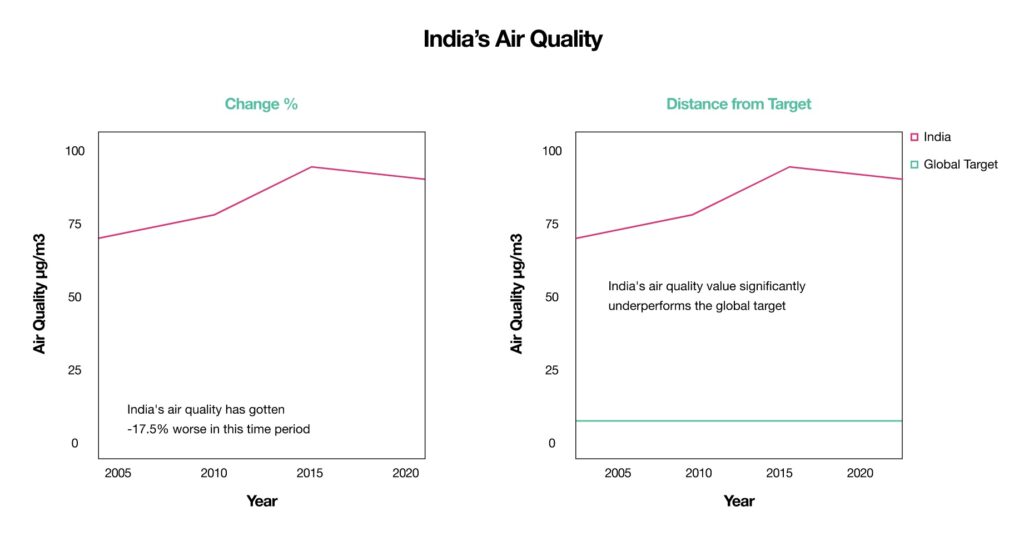/
Pre-COP27 Reality Check: Sustainability Targets in the MENA Region
| As COP27 approaches this November in Sharm El-Sheikh, Egypt, attention will again turn to national climate commitments and the tug of war between target-setting, activist scrutiny, and everything in between. COP host countries can accrue both benefits (country branding, investment, elevating the national sustainability dialogue) and risks (heightened scrutiny, protests, domestic political upheaval). Egypt will surely be no exception. The new 2022 Global Green Economy Index™ (GGEI) offers real-time insight into which of the 160 markets it covers have genuine green economy momentum. By tracking the distance of each country from global sustainability targets across the 18 GGEI indicators, the GGEI identifies where green economies are taking these targets seriously, and which ones may be vulnerable to abrupt regulation and other market disruptions. The GGEI suggests Egypt and other MENA countries are in a precarious position: – With the exception of the United Arab Emirates (ranks 73rd), most MENA countries rank poorly on the GGEI, with Egypt (154th), Saudi Arabia (159th) and Oman (160th) at the bottom of the index. – Despite ranking 144th on the GGEI, Morocco is one of the only countries assessed by the Climate Action Tracker with a 1.5C-aligned emission reduction plan; all other MENA countries are labelled “Insufficient.” – COP27 host Egypt (along with many other MENA countries) has shown progress around gender equality in governance but less so in terms of gender equality in the workplace. – MENA countries are making progress around SDG targets– – related to biodiversity and oceans, but have a long way to go to reach global targets on air quality and water stress. – GGEI subscriptions provide our partners with progress measurement in customized time frames (e.g. 2015-present) and well as country reports to inform policy assessments (i.e. did policies result in actual progress?) Click here to learn more. Visit the new GGEI digital platform here. The graphic below illustrates the GGEI measurement approach as it relates to tracking India’s air quality. |





